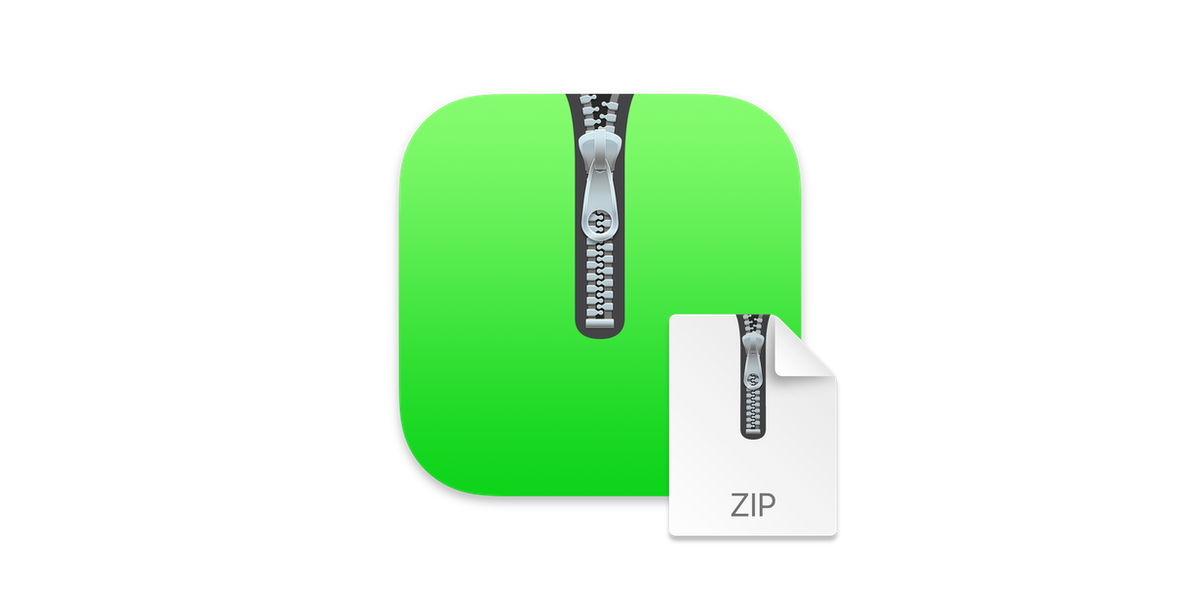

- #Encrypt archive utility for mac for free
- #Encrypt archive utility for mac how to
- #Encrypt archive utility for mac password
- #Encrypt archive utility for mac mac
Those who don’t know the correct password won’t be able to open the disk image and access the files in it. dmg file, a dialog box will pop up asking for password. When you or someone else tries to open the. And it will start creating folder disk image.

By choosing read/write, you are allowed to change the files. When you password protect folder on Mac, if you choose the option read-only or compressed, you won't be able to change the files in the protected folder. In the Image Format section, you are presented with a number of options. Select the one you need, which will open a new dialog box where you enter and verify your password. There are two encryption options: 126-bit AES encryption and 256-bit AES encryption. In the dialog box that appears, choose a location to save the. Select the folder you want to lock with password and click the Choose button. From the menu bar at the top of your screen, select File > New Image > Image from Folder. To do this, you can click the Spotlight icon in the menu bar, type in Disk Utility and then hit Return/Enter.Īlternatively, go to Finder > Applications > Utilities and find the app.
#Encrypt archive utility for mac how to
The steps below show you how to do the encryption. It can also work with external hard drives. This method works on macOS Catalina, Mojave, High Sierra, Sierra and earlier versions.
#Encrypt archive utility for mac mac
It allows you password protect a Mac folder by turning it into an Apple Disk Image (.dmg) file and encrypting the file.
#Encrypt archive utility for mac for free
If you have any questions about encrypting your data, contact Computer User Services (or ACS for administrative staff).Warning: Regardless of the method you use, it’s important to remember the password you set.ĭisk Utility is a system utility available for free on every Mac. You will be required to enter your password before your files are accessible. To retrieve your encrypted files, double-click the disk image you've created. The mounted image will disappear, but the encrypted archive lockedfiles.sparseimage will remain. When you are ready to lock up your files, eject the mounted disk image by dragging it into the Trash on the Dock. Double-clicking the mounted image will open a window into which you can simply drag and drop the files you want to encrypt. The latter of these two files is the "mounted image" of your encrypted archive: this is where you can add and remove files.One of them is named something like "lockedfiles.sparseimage", and the other one will simply be named "lockedfiles".If you saved the disk image to your desktop, you should see two new icons there. Add Files to Your Encrypted Disk Image.Otherwise, MacOS will not require the password for anyone trying to access the encrypted archive from your account. Ensure that the check-box labeled Remember password (add to Keychain) is UNCHECKED. DO NOT ADD YOUR PASSWORD TO THE KEYCHAIN. Also, to make your encrypted disk image is truly secure. Here are some guidelines for creating strong passwords. Note: Choose a password that you will remember! If you lose the password, you will not be able to access your encrypted files and CIS won't be able to recover them. You will see a progress bar while Disk Utility creates your archive, and then a small window will appear, prompting you to. When you are done entering these settings, click Create.In the Format menu, select sparse disk image.AES-128 (recommended) is more than adequate for most needs. In the Encryption menu, select the desired level of encryption.In the Size: menu, select the desired size.



 0 kommentar(er)
0 kommentar(er)
